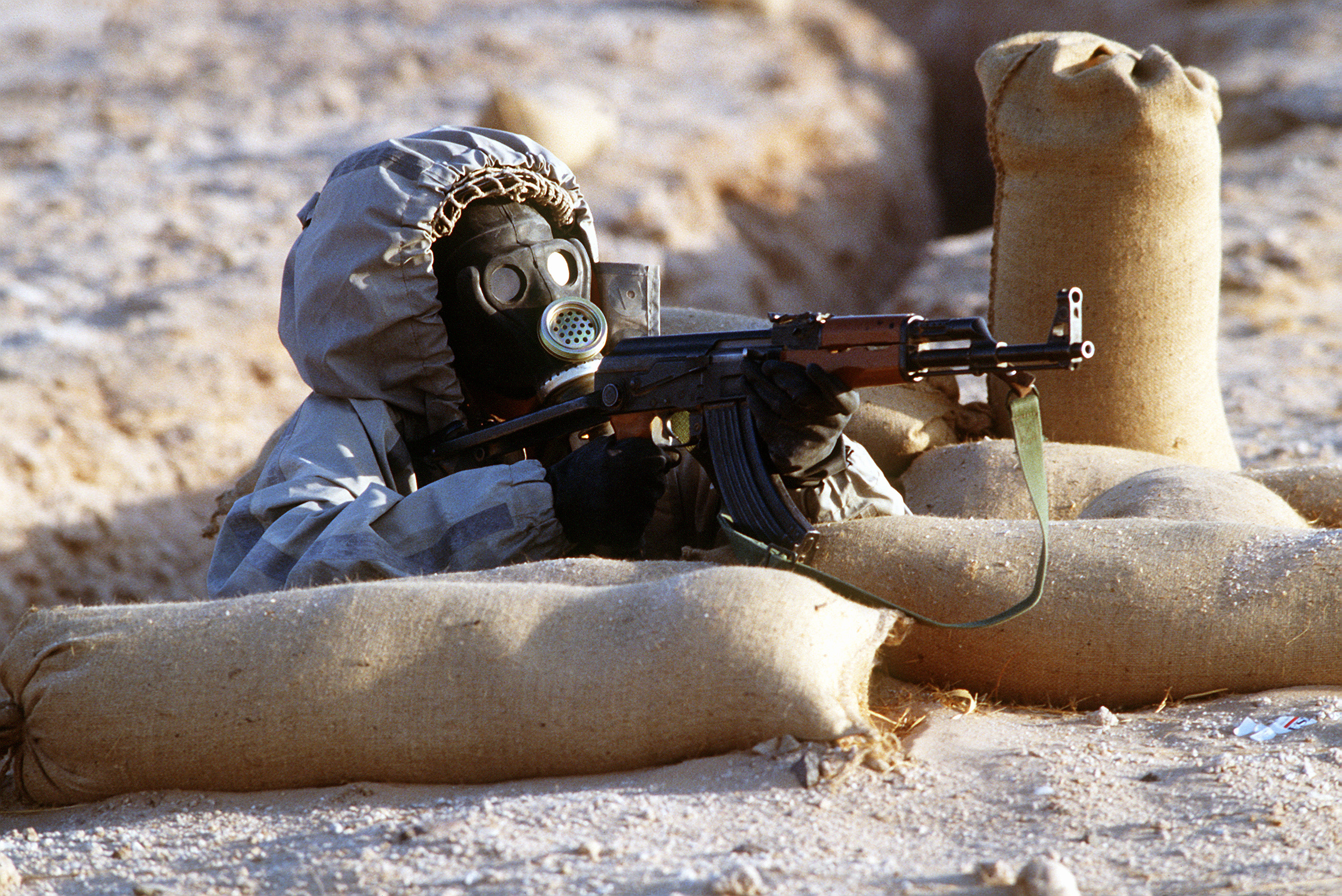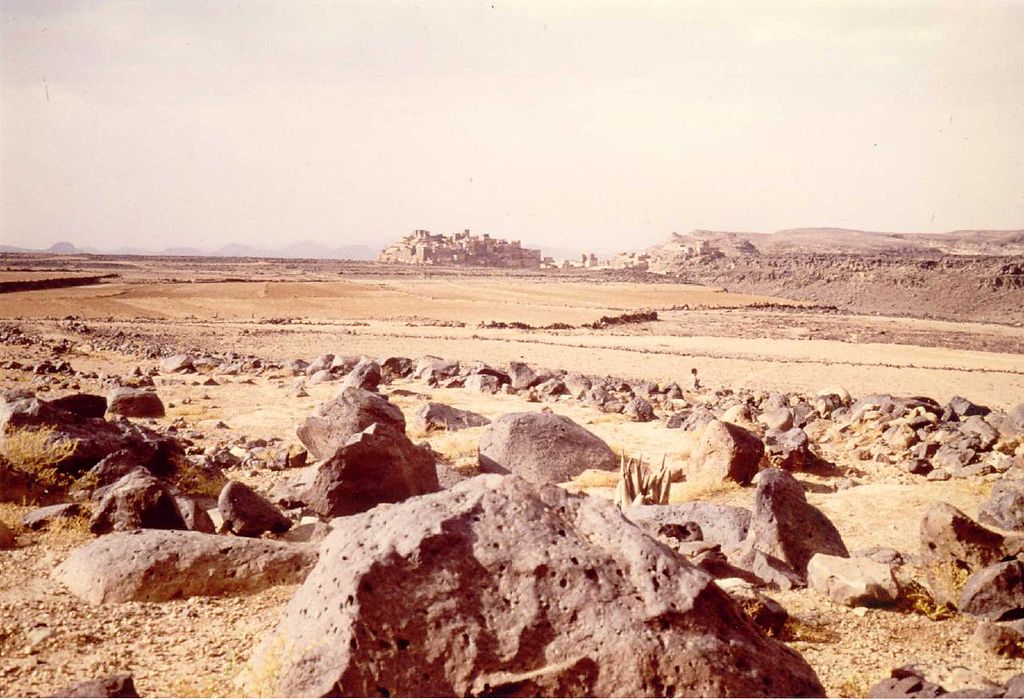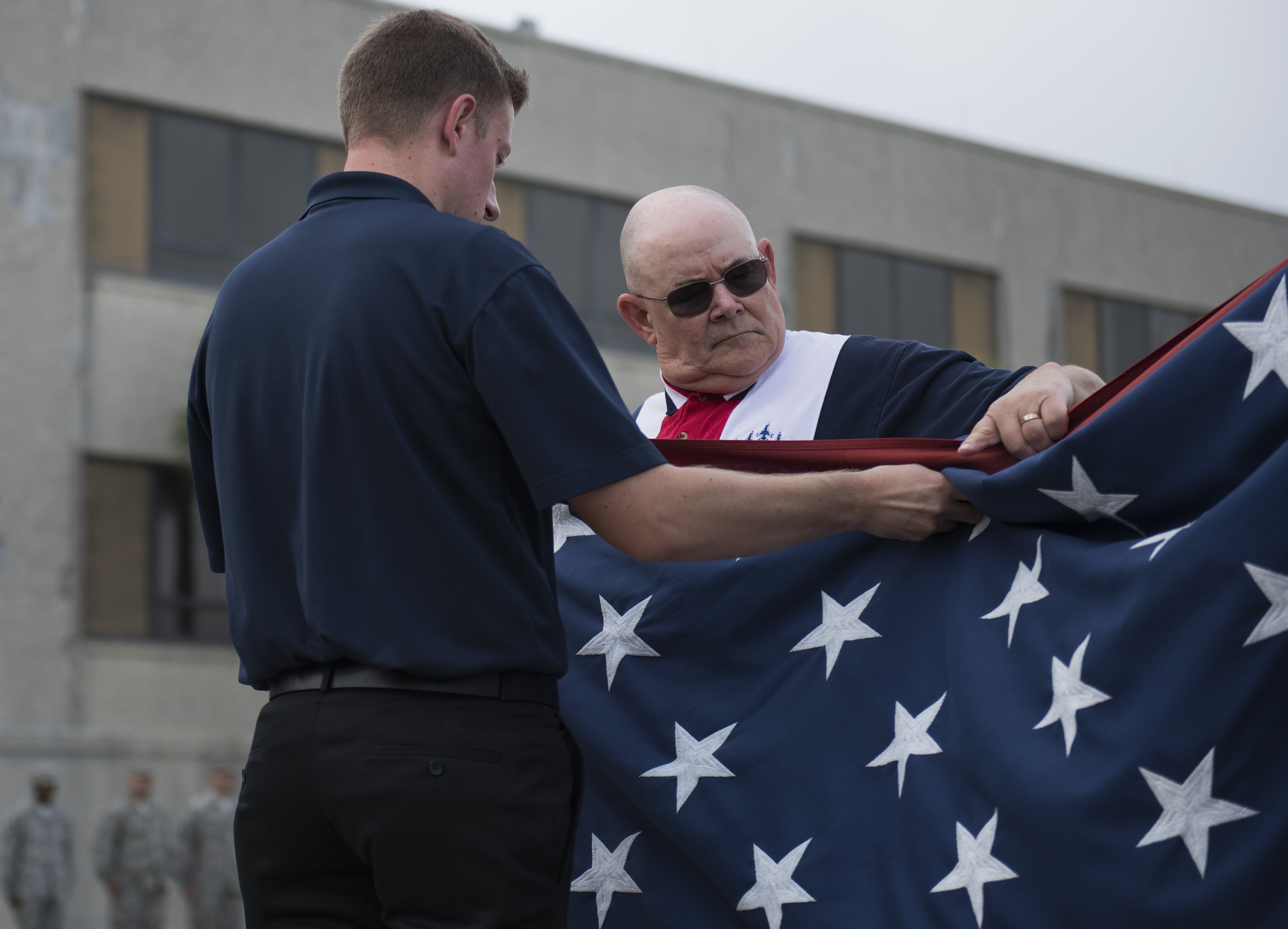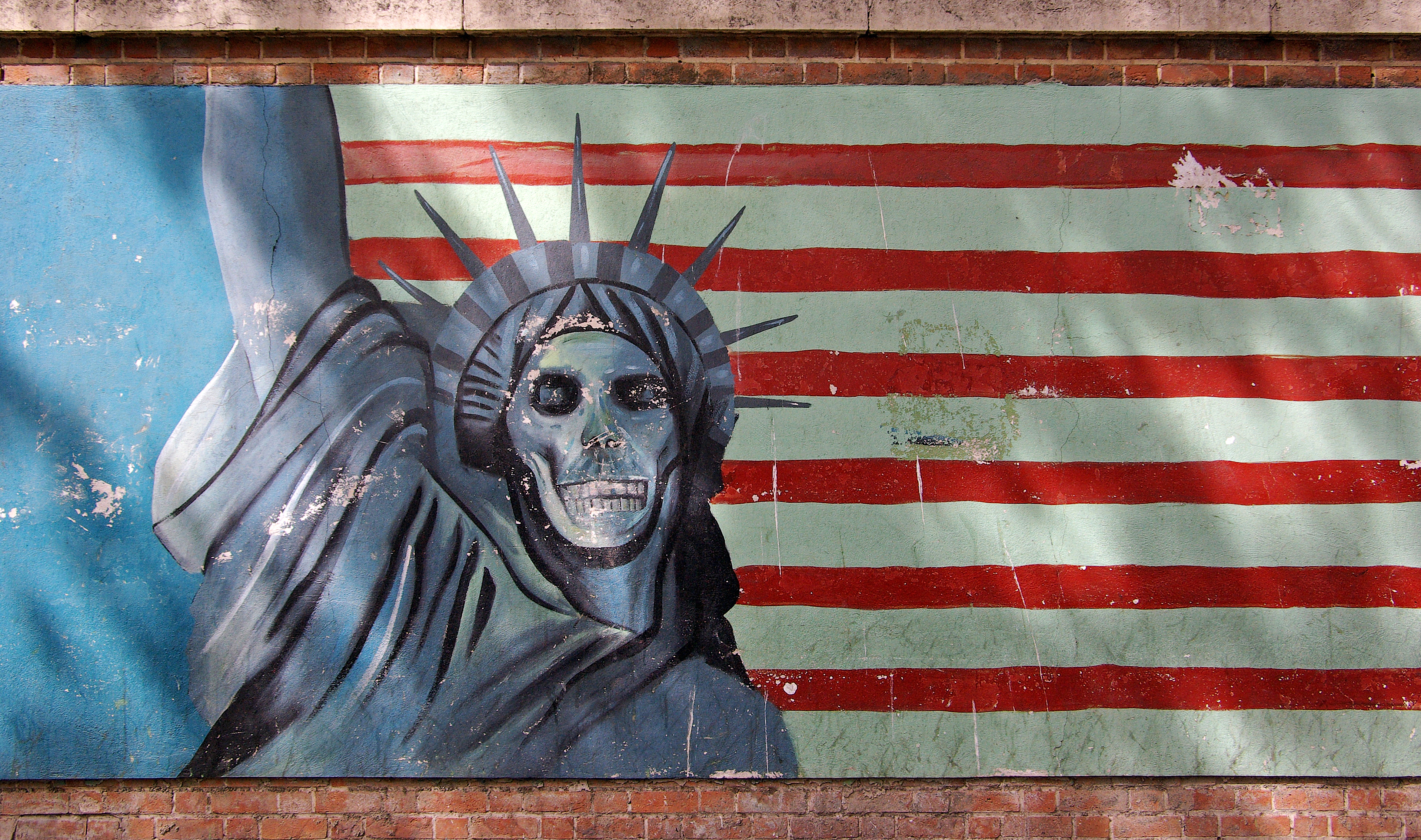By Slaton Evans*
“We should stay the hell out of Syria, the ‘rebels’ are just as bad as the current regime. WHAT WILL WE GET FOR OUR LIVES AND $ BILLIONS? ZERO.”[i] Those were the words of Donald Trump via Twitter in June of 2013. Opinions and people change; can you really expect a president to carry all of his pre-presidential opinions into office with him?
On April 4th 2017, a chemical attack in Northern Syria left at least 60 dead and dozens injured. In response, and in opposition to Trump’s previous statements on Syria, the White House issued a statement condemning the attacks, calling the attacks “reprehensible” and “unable to be ignored by the civilized world.”[ii] President Trump also made sure to blame the attacks on the Obama administration’s “weakness and irresolution” in responding to previous incidents and failing to establish any consequences for “the Red Line”—Obama’s hollow threats to intervene in Syria following chemical attacks.[iii] Secretary Rex Tillerson urged both Iran and Russia to help prevent future chemical weapon attacks in Syria, calling the Assad regime “barbaric.”[iv]
Additionally, after viewing a series of photos showing children suffering as a result of the chemical attack, President Trump opted for missile strike on the Al Shayrat Air Base, where the attacks were planned[v] stating, “no child of God should ever suffer such horror.”[vi] The attack featured 59 tomahawk missiles, priced at ~$1M USD each, killing a grand total of 6 Syrian military members. The base was operational the next day.[vii][viii] Many have argued that this attack, though ineffective, set a precedent for the United States’ response to international atrocities, one in direct opposition to that of the Obama administration.
Assad’s first uses of sarin gas in Damascus in August 2013 were the ultimate test of the robustness of the Obama administration.[ix] The consistent media coverage of the events unfolding prompted the need for world leaders to respond to the incident. Paired with this, United States signature of the 1993 Chemical Weapons Convention (CWC) banning sarin and prompting the destruction of production facilities in signatory states created an additional need for response.[x]
Obama’s initial response, much like that of Mr. Trump, was to immediately condemn Assad for his use of chemical weapons on his own citizens. The attack, paired with the current civil war in Syria, increased pressure on the United States to directly intervene in Syria, but domestic opinion varied. For the sake of maintaining domestic credibility, the Obama administration opted for a more diplomatic method: a combination of condemnation with the threat of direct intervention, called “The Red Line.”[xi] Without conformation to the standards set by the 1993 CWC, Syria were under threat of direct intervention by the United States. Obama said his calculations on a military response would change significantly if the United States sees “a whole bunch of chemical weapons moving around or being utilized.”[xii]
It wasn’t until the declaration of support from Russia, however, that Assad revealed massive chemical weapons operations and agreed for the removal of 1300 tons of Syrian chemical weapons. Sounds like a win, right? That was the general consensus following Syria’s actions as well. Though initially positive, the implications of the decision to refrain from direct intervention in Syria as a response to Assad’s use of chemical weaponry on citizens have been incredibly far reaching. As illustrated by the recent attack, the removal of chemical weapons in Syria, though certainly illusory, has neither addressed Assad’s willingness to ignore international standards in order to maintain power nor his full arsenal of chemical weapons.
Ultimately, this decision showed a lack of dedication by the United States to its international peers. Keeping in mind that both the United States and the United Nations reported multiple uses of chemical weapons in Syria from 2012 through August 2013,[xiii] the argument that the Red Line policy served as a “warning of action” is flawed. A warning of action would have been more sufficient following the chemical weapons attacks by Assad in Homs on December 23, 2012, killing 7, or the attack in Aleppo on March 19, 2013, killing 25, or the attacks in Adra and Aleppo in April 2013, killing or injuring dozens.[xiv] Apparently, the brutal asphyxiation of Syrian citizens when contained to a small scale did not warrant a United States response. In turn, Assad used these smaller attacks to test his limits, and by waiting until the resulting casualties reached over 1000, as was the case in Damascus in August 2013, the United States showed outright weakness and hesitancy to enforce international standards. In hindsight, the use of desultory diplomatic method in the face of numerous occurrences of global atrocities was an insult to the values which hold the United States above the rest of the world.
So what has been the result of this? Through a UN program assisted by the United States, Syria sent numerous shipments of its declared chemical weapons to be disposed of—key word declared. As of June 2014, it was reported that all but 8% of Syria’s chemical weapons had been removed, with additional shipments of remaining supplies departing monthly.[xv] It seemed as if Obama’s Red Line had proved an effective deterrent for Assad and his use of chemical weapons—until reports of more attacks began to surface. On April 11, 2014, a chemical weapon attack on rebel held Kafr Zita in Northern Syria was reported. On August 10th, 2016, a hospital was attacked in Aleppo by chemical weapons.[xvi] Between November and December 2016, over 200 reported injuries resulting from chemical attacks were reported in Aleppo—all with no direct United States response.[xvii] Once again, the extent of the casualties as a result of these individual attacks seemingly were not enough to warrant response. It was not until the April 4th attack, with an estimated death toll of over 100, that action was finally taken.
Now, under a new president with a new, more direct response to Assad’s atrocities, it seems as if the United States is ready to reassume the position of the global police. After news that the strike was largely ineffective, was the next step to take further action, or is the precedent enough? If we are truly going to punish Syria for their trespasses, that punishment needs to be effective; otherwise, we shouldn’t intervene at all. If the United States plans on once again demanding international respect, we need to ensure that not only are we true to our word, but also that our consequences are effective. Avoiding hollow threats is important, but wasting millions of USD on a precedent that may or may not be perceived as legitimate risks establishing sentiment that the new administrations threats and action will be about as effective as Obama’s “red line.”
References
[i] Fandos, Nicholas. 2017. “Trumps View of Syria: How it’s Evolved in 19 Tweets.” New York Times. April 7. https://www.nytimes.com/2017/04/07/us/politics/donald-trump-syria-twitter.html
[ii] Barnard, Annie and Gordon, Michael. 2017. “Worst Chemical Attack in Years in Syria; U.S. Blames Assad” April 4. https://www.nytimes.com/2017/04/04/world/middleeast/syria-gas-attack.html
[iii] Chollet, Derek. 2016. “Obama’s Red Line Revisited.” Politico. July 29. http://www.politico.com/magazine/story/2016/07/obama-syria-foreign-policy-red-line-revisited-214059
[iv] Vladamirov, Nikita. 2017. “US calls on Iran, Russia to prevent chemical weapons attacks in Syria.” The Hill. April 4. http://thehill.com/policy/international/327261-tillerson-calls-on-iran-russia-to-prevent-assad-from-chemical-weapons
[v] Gordon, Michael and Cooper, Helene. 2017. “Dozens of Missiles Hit Air Base in Syria.” The New York Times. April 6. https://www.nytimes.com/2017/04/06/world/middleeast/us-said-to-weigh-military-responses-to-syrian-chemical-attack.html?_r=0
[vi] Tafuri, David. 2017. “Why Trumps Airstrike on Syria is Legal.” Politico. April 13. http://www.politico.com/magazine/story/2017/04/donald-trump-syria-attack-legal-215022
[vii] Assis, Claudia. 2017. “Here’s How Much it Costs to Replace the 59 Tomahawk Missiles Trump Fired on Syria.” Market Watch. April 15. http://www.marketwatch.com/story/this-is-how-much-it-will-cost-to-replace-the-tomahawks-used-in-syria-2017-04-07
[viii] Byman, Daniel. 2017. “What Effects Will Trumps Airstrikes Really Have?” Brookings. April 7. https://www.brookings.edu/blog/markaz/2017/04/07/what-effect-will-trumps-airstrikes-really-have/
[ix] BBC. 2013. “Syria chemical attack: What we know.” BBC September 24. http://www.bbc.com/news/world-middle-east-23927399
[x] Kimball, Daryl. 2015. “The Chemical Weapons Convention at a Glance.” Arms Control Association. https://www.armscontrol.org/factsheets/cwcglance
[xi] Chollet, Derek. 2016. “Obama’s Red Line Revisited.” Politico. July 29. http://www.politico.com/magazine/story/2016/07/obama-syria-foreign-policy-red-line-revisited-214059
[xii] Kimball, Daryl. 2016. “Timeline of Syrian Chemical Weapons Activity, 2012-2016.” Arms Control Association. https://www.armscontrol.org/factsheets/Timeline-of-Syrian-Chemical-Weapons-Activity
[xiii] ibid
[xiv] Armbuster, Ben and Brown, Hayes. 2013. “How We Got Here: A Timeline Of The Syria Chemical Weapons Saga.” August 28. https://thinkprogress.org/how-we-got-here-a-timeline-of-the-syria-chemical-weapons-saga-ead5d39642cc
[xv] Kimball, Daryl. 2016. “Timeline of Syrian Chemical Weapons Activity, 2012-2016.” Arms Control Association. https://www.armscontrol.org/factsheets/Timeline-of-Syrian-Chemical-Weapons-Activity
[xvi] ibid
[xvii] Human Rights Watch. 2017. “Syria: Coordinated Chemical Attacks on Aleppo.” February 13. https://www.hrw.org/news/2017/02/13/syria-coordinated-chemical-attacks-aleppo
*Disclaimer: The content contained in the following material is the sole ownership of the author and does not reflect the views of the Towson University Journal of International Affairs nor Towson University in any respect whatsoever.







